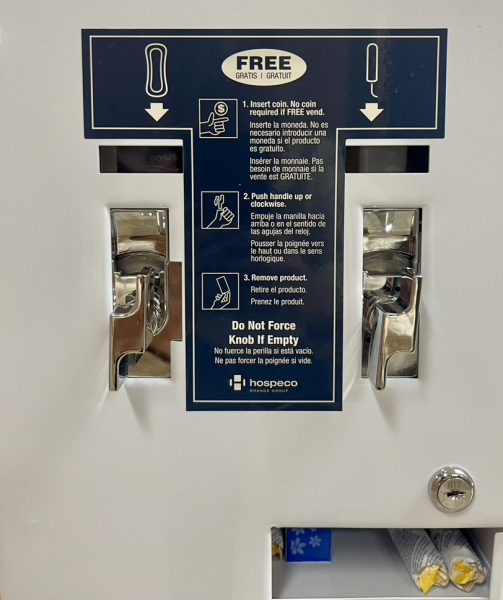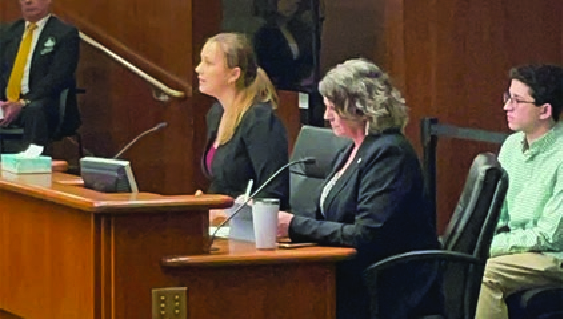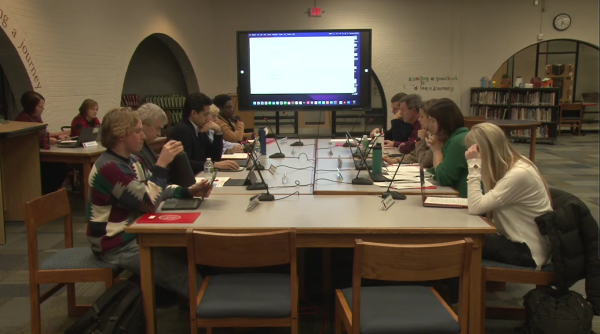Construction impacts local businesses
September 23, 2016
Earlier this year, the public found out that the new bridge spanning the Saint Croix River will not be completed until next fall. The delays certainly will not help traffic in downtown Stillwater, but it should give the city time to prepare for the change the new bridge will bring.
By the end of construction, the bridge is estimated to cost over $600 million; that number could get even higher due to the delays. Some of the delays can be contributed to workforce and material shortages. Most business owners look forward to the change as it should make the downtown area much more tourist and pedestrian friendly.
Although fewer people will be driving through downtown, it should be safer for pedestrians. 18,000 cars pass through daily.
Cory Buettner, owner of Leo’s Restaurant said, “I think that congestion downtown adds to the myth that there is a lack of parking spots. I think sometimes people avoid downtown because of that; this impacts all downtown businesses including Leo’s.”
The delay of construction should give the local businesses on both the Wisconsin and Minnesota side of the river plenty of time to prepare for the changes. The Wisconsin side is expected to have a boost in pedestrian traffic and currently there is a lack of a safe path for pedestrians on the Wisconsin side.
Buettner said, “I think ultimately the delay will work out better for Stillwater. The delay has added to the timeline for the city and other stakeholders to prepare for the monumental changes that are about to take place.”
Buettner said, “I think ultimately the delay will work out better for Stillwater. The delay has added to the timeline for the city and other stakeholders to prepare for the monumental changes that are about to take place.
— Cory Buettner
Safety downtown is an issue due to the cars trying to cross the lift bridge. When the bridge goes up, the streets come to a standstill. People use every possible way to get around the traffic by going through alleys or side streets. This is dangerous for drivers and pedestrians.
Buettner said, “Safety first. I witness close calls with cars, bikes and pedestrians using a street system that is not adequate for today’s traffic.”
Businesses remain hopeful that the new bridge will be a positive change for them. The streets of downtown will see many fewer cars each day but this can be counteracted with heavier pedestrian traffic. If Stillwater becomes less of a hassle for visitors and tourists, the number of pedestrians will go much higher.
Kristie Smith, an employee of Cooks of Crocus Hill, said, “More pedestrian traffic would be possible if local stores are open later. Currently, only a couple stay open past 6 p.m. – that doesn’t encourage people to think of Stillwater as a serious shopping opportunity.”
The main concern businesses face is that the 18,000 fewer commuters driving through every day will stop less frequently at businesses downtown. It is not known how many stop at businesses in Stillwater, but with a lack of other current options it is likely that those who stop will continue to.
AgriScience teacher Glenn Boettcher was asked if the new bridge will affect the number of times he visits Stillwater businesses on his daily commute. He said, “It will likely not have an impact.”
Businesses can only wait in anticipation for the new bridge and the differences it will bring. The city has set the anticipated date for late 2017, but that could be subject to change. Buettner said, “From downtown’s merchants perspective everyone is very optimistic. We hope that locals will come to their downtown and guests will find us to be a better place for a retreat. Stillwater has been a destination for a long time. I don’t think that will change, in fact I think it’s only going to get better.”











